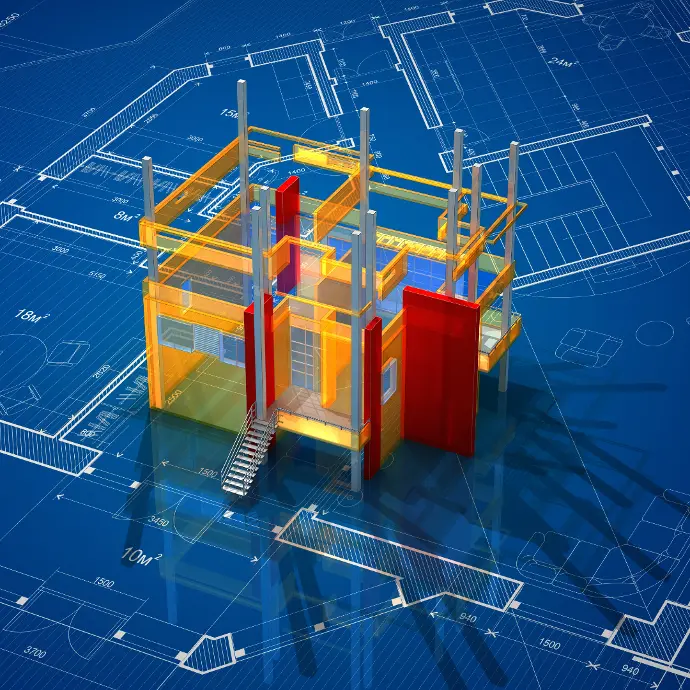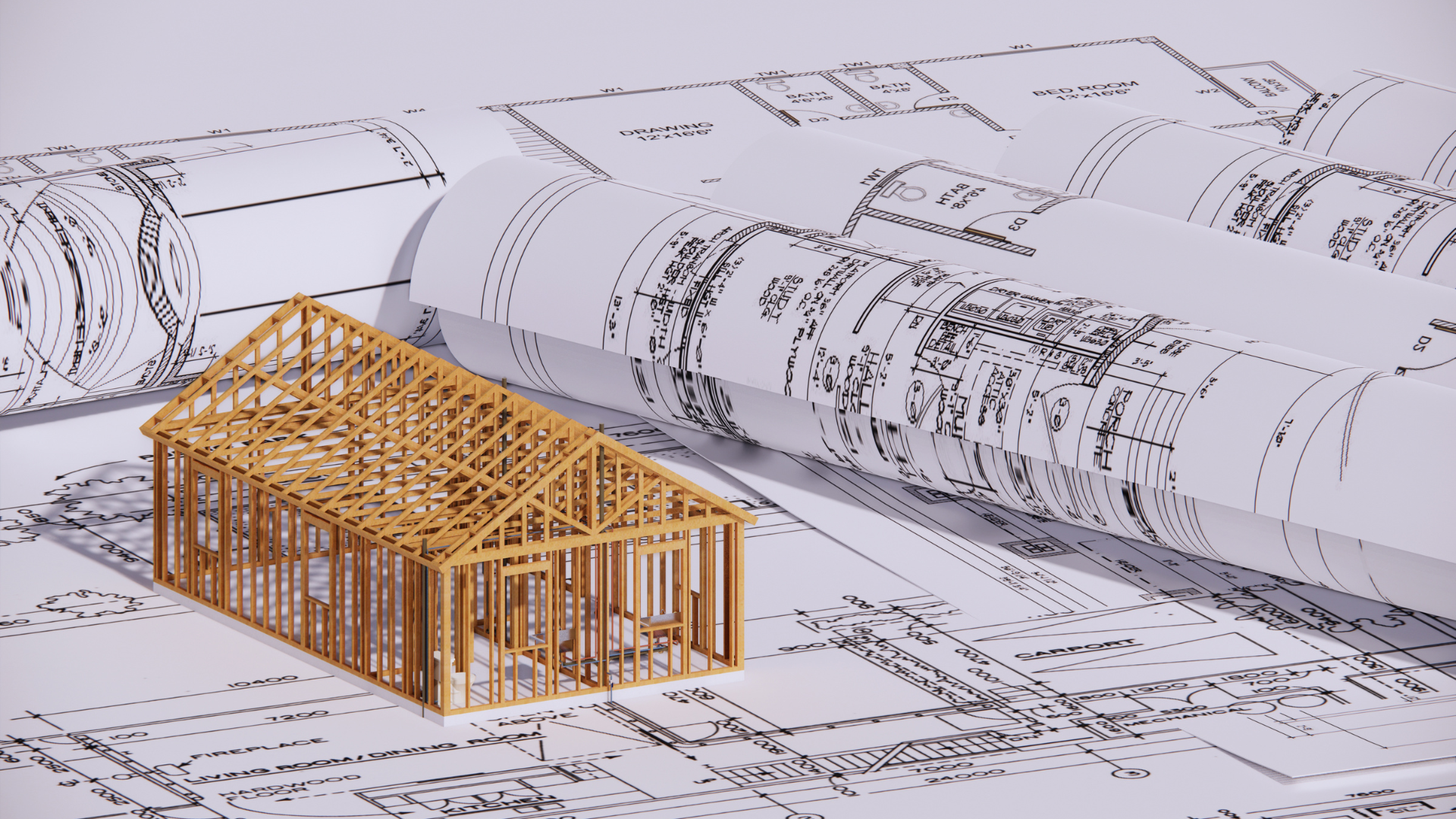Construction industry continues to grow rapidly, driven by demands for more cost-effective, sustainable and long-lasting buildings. Amidst these changes,Building Information Modeling (BIM) has emerged as a transformative tool that is revolutionizing the way structural engineers work.
Imagine a world where building design is no longer hampered by miscommunication, time-consuming mistakes, and convoluted processes. In this world, engineers collaborate in real-time on centralized 3D models, optimize designs with advanced tools, and build structures that are safer, more durable, and more cost-effective.

BIM is not just design software, but a methodology that connects people, data, and processes across the project lifecycle. This allows the creation of a centralized 3D model that holds all information related to the building structure, from initial design to construction details.
Application of BIM in structural engineering offers a variety of significant benefits, including:
Reduces Errors and Rework
A centralized BIM model allows for earlier identification and correction of design errors, before construction begins. This minimizes the risk of time-consuming and costly rework.
Improves Team Collaboration
BIM provides a collaborative platform for all project stakeholders, including architects, engineers, contractors and building owners. Real-time access to the same design information ensures better coordination and faster decision making.
Improve Design Quality
Advanced analysis tools and integrated parametric design with BIM enable more comprehensive design optimization. Engineers can explore various design options and select the most optimal solution in terms of cost, performance and aesthetics.
Reduces Overall Design Time
BIM automates many repetitive design tasks, such as shop drawing creation and structural analysis. This allows engineers to focus on the more creative and complex aspects of design, thereby saving time and increasing efficiency.
Application of BIM in structural engineering not only benefits the engineers, but also the entire project team and building owner. These benefits include:
- Improved accuracy of cost estimates
- Reducing the risk of project delays
- Improved construction quality
- Increased customer satisfaction

The future of structural engineering inseparable from BIM. With its ability to improve efficiency, accuracy and collaboration, BIM will continue to be a vital tool for engineers in designing and building safer, more sustainable and longer-lasting structures.
Here are some examples of BIM applications in structural engineering:
- Creation of 3D models of building structures, including foundations, beams, columns and roof frames.
- Structural analysis to ensure the strength and stability of the building.
- Making detailed and accurate working drawings.
- Coordination with other disciplines, such as architecture and MEP.
- Construction simulation to identify and resolve potential problems before construction begins.
- Management of project information, such as schedule, costs, and materials.
BIM is not just a trend, but a fundamental transformation in the construction industry. By continuing to develop and utilize BIM technology, structural engineers can build a brighter future for the industry.
Although implementing BIM Solutions for Structural may require an initial investment in software, training, and process changes, the benefits far outweigh the costs. By increasing efficiency, reducing risk, and enhancing collaboration, BIM Solutions for Structural offers a tremendous opportunity to improve the quality, safety, and success of construction projects.
Conslusion
In today's competitive environment, construction companies that adopt BIM Solutions for Structural will have a significant competitive advantage. By integrating this cutting-edge technology into their practice, structural engineers can participate in the ongoing construction revolution and provide better, more efficient, and more sustainable solutions for building our modern infrastructure.
BIM is a powerful tool that can revolutionize the way structural engineers work. With its significant benefits in terms of efficiency, accuracy and collaboration, BIM will continue to be a vital tool in building a better future for the construction industry.